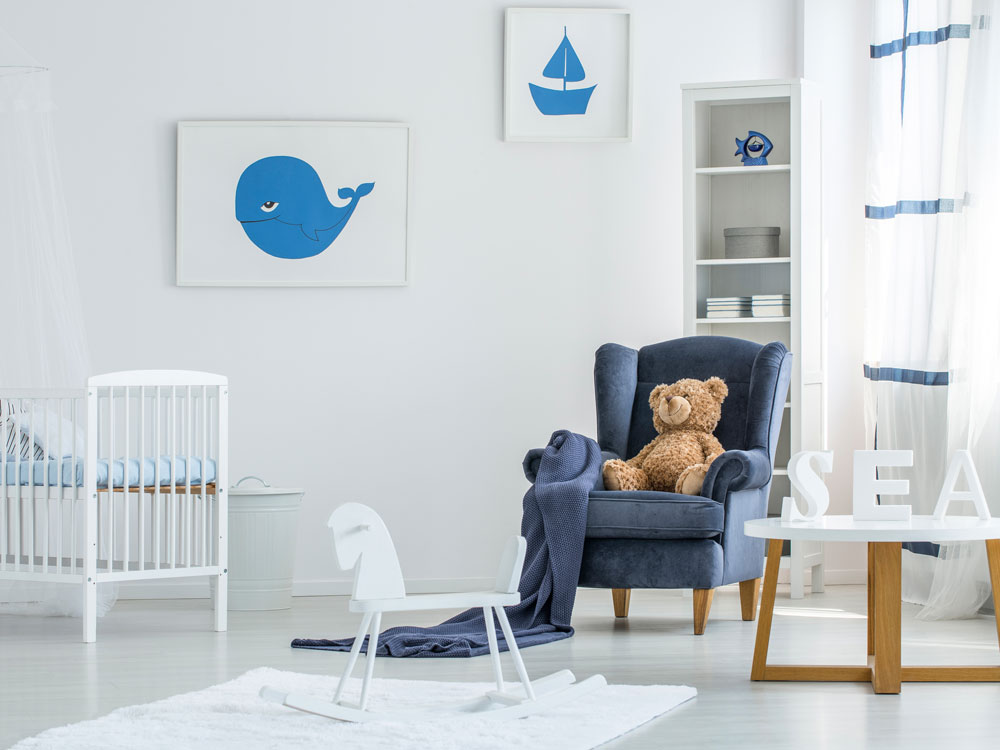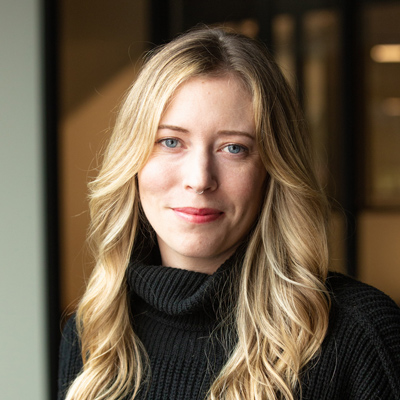Be People People
I recently had a client say something about partnering with agencies: “I want to work with people that I like, that are fun, that I trust, and aren’t a hassle.” While these seem like simple requests, he’s saying it’s rare to work with an agency where all these things exist at the same time. Something about the agencies he has worked with left him wanting more. Something about the client/agency relationship was unsatisfying.
Agencies only succeed because of clients. That statement sounds like a no brainer, but sometimes it’s important to revisit the basics. Without clients, agencies would cease to exist. The work is always there, but our clients can take their projects or problems anywhere. They choose us to help them solve their problems. But what makes a client choose an agency? Or, maybe more importantly, stick with an agency? It comes down to the relationship. Relationship influences everything. Yes, the work has to be good and solve the right problems, but relationships play a large role in how an agencies’ quality and expertise is perceived and received – and therefore if that work succeeds.
Countless articles have been written about the client/agency relationship. Sure, collaboration, communication styles, setting expectations, etc. are all important components. But relationships are built from more fundamental things. Softer things.
All things equal, people want to do business with their friends.
All things unequal, people still want to do business with their friends.
The foundations of a fun, trusting, enjoyable client/agency relationship
Face Time!
I once inherited a long-term client at a previous agency who no one on the team had ever met in person – and the client’s office was only 10 miles from our office! But why spend the time and effort to visit? The relationship was transactional, and seemed fine. But a relationship built on transaction isn’t able to withstand hard conversations, real questions, and vigorous debate. It wasn’t long before there was no relationship at all, and no work either. I make sure to never repeat that dynamic at XO.
Making the effort to meet in person, whether the effort is large or small, is always worth it.
Working relationships really aren’t any different from personal ones. You build your rapport through interaction, relating, and sharing together. A subtle shift in their posture after a joke, the nuances to their gestures when they share an idea – these are the things that endear us to one another. Face-to-face provides the opportunity to connect in ways that email, phone calls, and even video calls can’t touch.
Even just one in-person meeting can change the dynamic of the relationship.Working with a mix of local, national, even global clients, it’s not always possible to meet in person. We recently started a client relationship that was in several cities other than our own. It started out… fine. A little rough. Expectations were maybe clear, maybe not. We couldn’t quite tell. But after a trip to meet them in person for a workshop – and after we understood them as people – we ended up doing great work together and enjoying every minute of it. We now had a common language and experience to build a relationship from. Video calls took over the interactions from there on out (and continuing to this day), but starting it in person made all the difference.

When there’s rough seas ahead
- There will be bumps. Not all projects are smooth sailing. That’s ok! The project exists because there’s a problem. Solving it won’t be easy, otherwise it would have already been done.
- Have a difficult conversation. I want a client to feel like they can tell us when they are disappointed or let down (although my goal is to avoid ever getting to that point).
- When you have enough sweet in the mix, you can stand the sour. It’s actually better that way. Saccharine sweet is easy in the moment, but eventually leaves a bad taste in the mouth.
We’re on the same team.
It’s not uncommon for agencies to experience moments with clients that feel a little like “us vs. them”. There’s a natural tension that exists when one party is paying another party for a service. Part of what makes an agency a good partner is the ability to stay open to what the client is asking for while maintaining your own standard of quality and expertise.
My partner in crime here at XO has a great saying when clients share what they need, want, or wish for: “There’s always a way!” That’s a hopeful statement that does a lot more for opening a conversation rather than shutting it down. Playing the role of an extension to our client’s capabilities helps us help them solve problems. Sometimes it’s about provoking them to think creatively or differently, showing that there are many ways (and budgets) to get to an outcome.

Hone your emotional intelligence
- Learn when to inform and educate versus collaborate and co-create
- Learn how people interpret comments and situations. When to throw a meme into the presentation or when to leave it out.
- Read your collaborator’s cues and body language to sense when they are resisting. Their job is hard, and they have a lot riding on this. Fear of a big decision or an uncertain outcome can be addressed if you know that’s what you’re actually talking about.
Wrap it up already
Understand your client and what matters to them
There is almost always an extra layer to what a client is asking for. Beyond the actual goals of the project or program, your client contact is on the hook for something. What’s important to them? To change perception within their own organization? To find effective solutions quickly and efficiently? I recently had a client tell us the goals of an upcoming project, and then tell us what his personal measure of success is. They weren’t the same, but not in conflict either. It’s extremely helpful in understanding what success looks like for them personally as well as organizationally. That’s a full relationship that can grow in mutual benefit for years to come.

